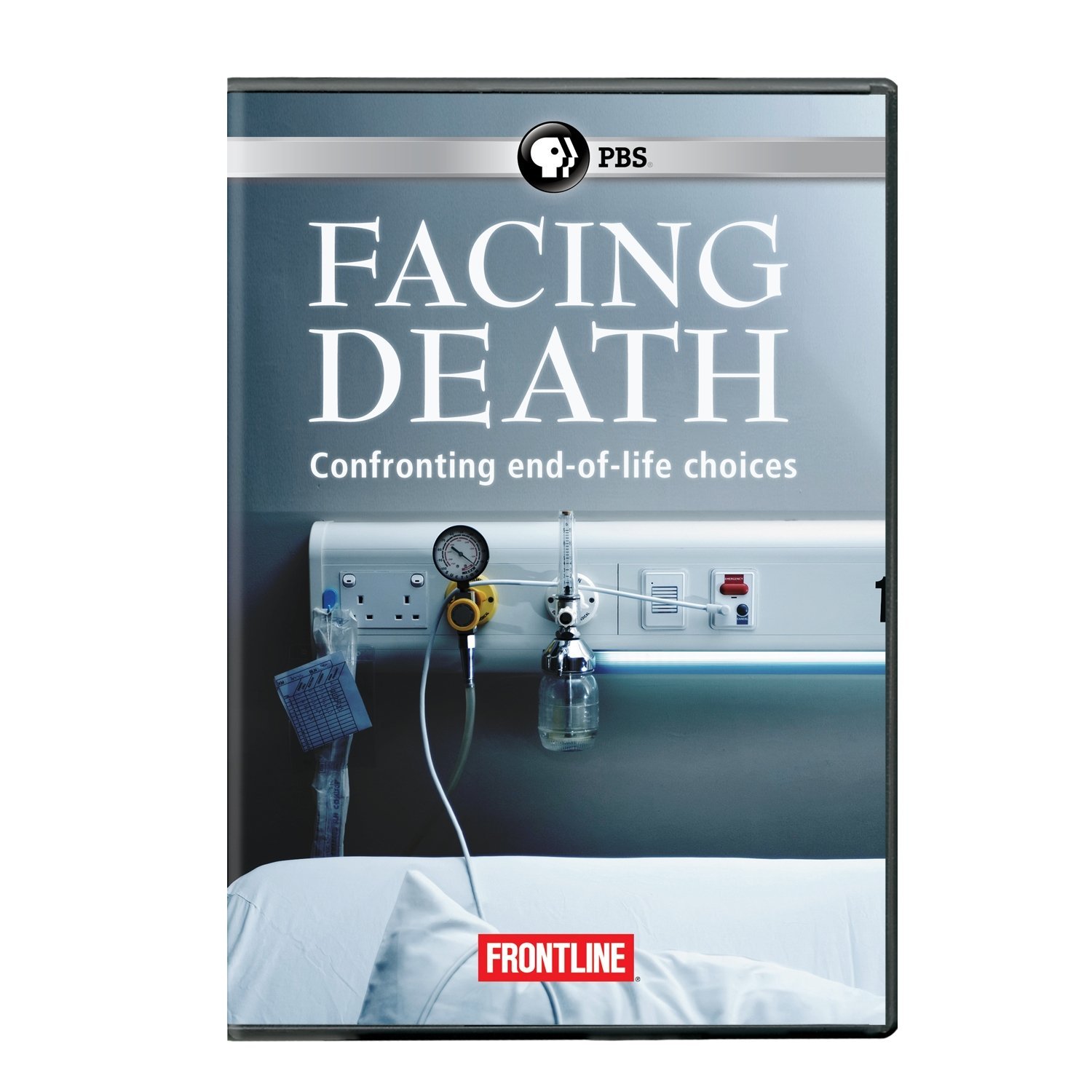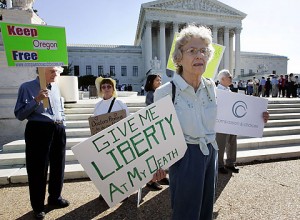Personal Health: Keep Your Voice, Even at the End of Life
Jane E. Brody, The New York Times (January 18, 2011)
Here is a quick follow-on article to the recent post on End-of-Life discussions in the American medical system.
Jane Brody has been writing for some time about the importance of End-of-Life planning with a person’s doctor. Her most recent column is a response to the Obama administration’s back and forth on Medicare funding for End-of-Life discussions between patients and physicians. I wrote about that recent debacle (for lack of a better term) two weeks ago. Brody’s writings have appeared before on the Death Reference Desk. In August 2009 I wrote about her push for End-of-Life planning in the (then) proposed American health care reform bill. You read that here.
Brody’s commitment to this issue is partly personal and she has been extremely open about the recent, unexpected death of her husband. She makes the following case for End-of-Life planning in her most recent column:
For many more of us these days, the end does not come swiftly via a heart attack or fatal accident, but rather after weeks, months or years battling a chronic illness like cancer, congestive heart failure, emphysema or Alzheimer’s disease. When doctors do not know how you’d want to be treated if your heart stopped, or you were unable to breathe or eat and could not speak for yourself, they are likely (some would say obliged) to do everything in their power to try to keep you alive.
A year ago, my husband was given a diagnosis of Stage 4 cancer. As his designated health care proxy, I had agreed long before he became ill to abide by the instructions in his living will. If he was terminally ill and could not speak for himself, he wanted no extraordinary measures taken to try to keep him alive longer than nature intended.
Knowing this helped me and my family avoid agonizing decisions and discord. We were able to say meaningful goodbyes and spare him unnecessary physical and emotional distress in his final weeks of life.
Not much else to say, really.

 ave been intrigued for some time by the arguments Kurzweil and others make, especially when it comes to lifespan. A number of Singularity believers talk about 700 year lifespans and/or the outright elimination of death. I don’t ever discount these ideas out of hand. It is truly impossible to predict where human biology will end up fifty or one hundred years from now. So, I actually think that eliminating death or greatly expanding lifespan might be possible.
ave been intrigued for some time by the arguments Kurzweil and others make, especially when it comes to lifespan. A number of Singularity believers talk about 700 year lifespans and/or the outright elimination of death. I don’t ever discount these ideas out of hand. It is truly impossible to predict where human biology will end up fifty or one hundred years from now. So, I actually think that eliminating death or greatly expanding lifespan might be possible.



